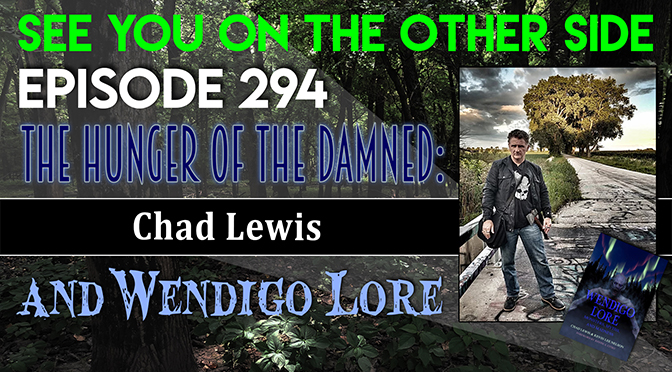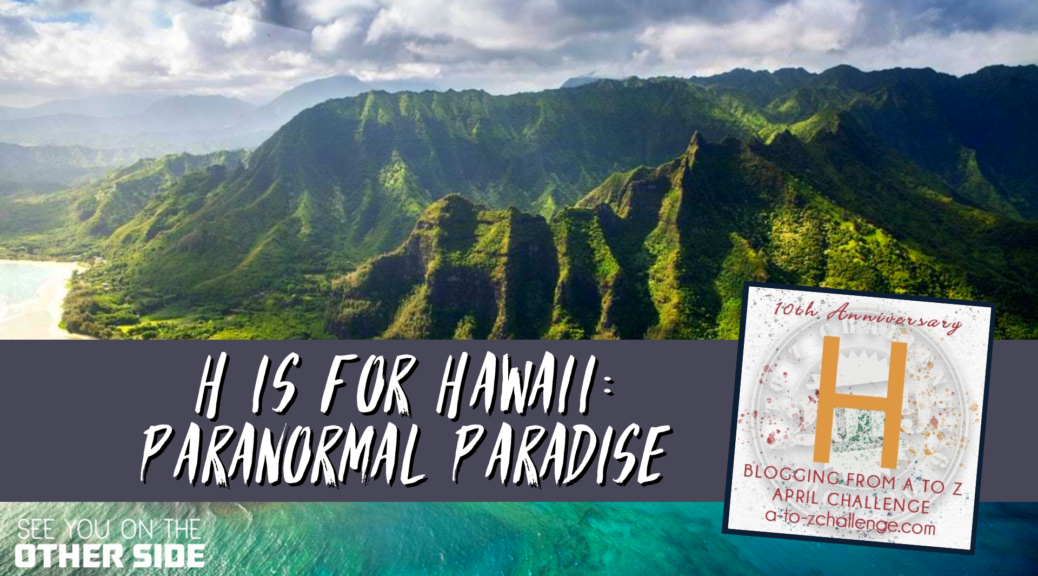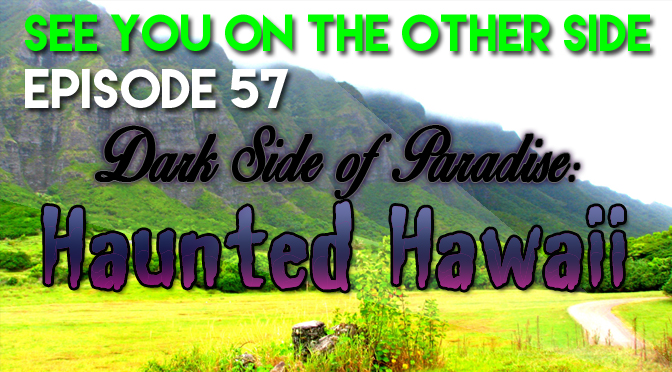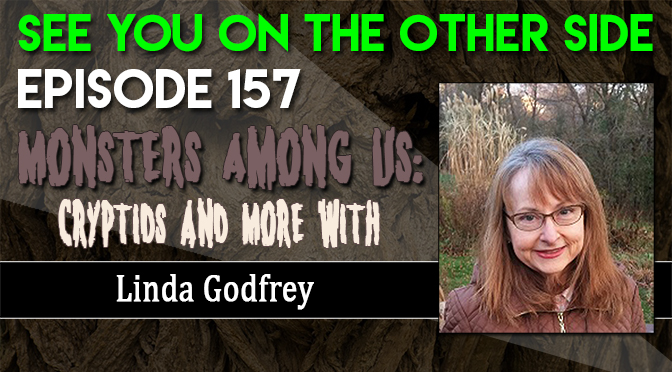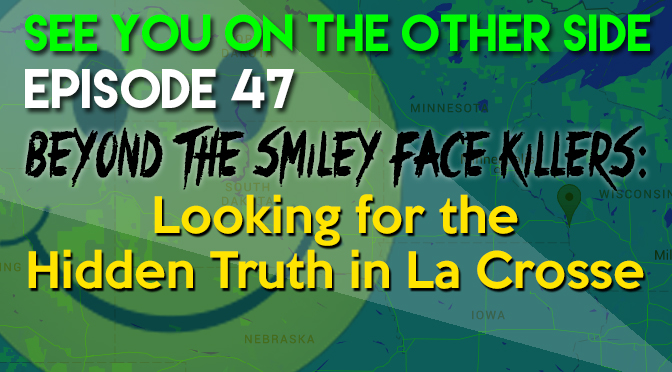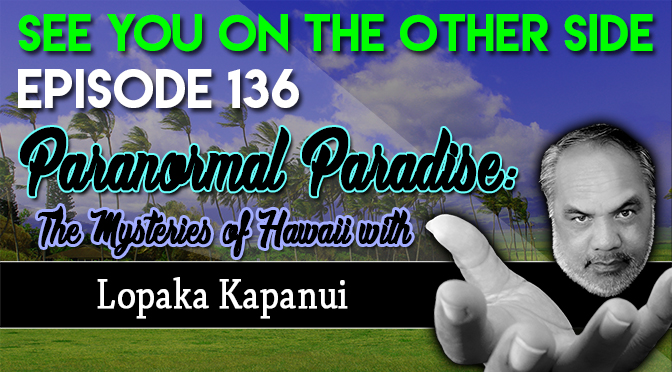Podcast: Play in new window | Download
Subscribe: Apple Podcasts | RSS | More
When Hollywood comes looking for a nasty monster from First Nations folklore, there’s one supernatural creature that seems to dominate the landscape. The legend of the Wendigo has inspired cinematic villains from Pet Sematary to Supernatural, Ravenous to Bone Tomahawk. From the legends of the Algonquin-speaking Great Lakes tribes in the Upper Midwest and Canada, the Wendigo is the evil spirit that transforms starving humans into a voracious cannibalistic monster after they finally succumb to their basest instincts and taste human flesh.
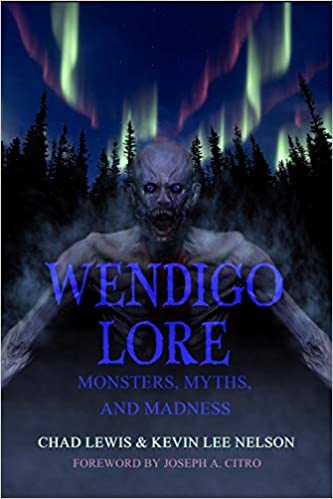
These tribes lived in an area with harsh cold winters where food becomes scarce. Right around February when you haven’t had anything decent to eat for months and your body is starving for any kind of protein outside of your shoe leather, well, your neighbor might start looking pretty good. The human instinct to survive at all costs is hard to resist. The Wendigo is our warning to resist that urge, that this evil irreparably taints the soul once you feast upon another human.
Cannibalism is the ultimate human taboo. The whole reason that humans thrived on this planet is because we work together. We don’t have the natural advantages that other creatures do like fur on a bear to survive the winter cold or teeth like a wolf to dig into our prey. Our socialization is what enabled us to conquer the planet in all of its areas and climates. Winter is the cruelest climate of all because not only is terribly cold, there’s no food. Eating your fellow man is the ultimate betrayal of what makes us human, our tribal capacity to take on the world together.

Chad Lewis and Kevin Lee Nelson have been working on this compendium of Wendigo lore and mythology for almost two decades. And in this episode, Chad tells us of the journey he took in writing the book. Some of the things we also talk about in this conversation:
- Why you’re never even supposed to say the name of the Wendigo
- The most famous case of the Wendigo in the modern era, Swift Runner, who ate his family in 1878 Alberta
- The far edges of the world that Chad Lewis and his co- author went to walk on the same ground as the people they talk about in the book
- The radio station in Eau Claire, Wisconsin we used to perform at all the time and Chad had a show had an owner that thought he was a skin walker!
The Wendigo are more than just the winter spirits of desperate hunger, it is a monster that feeds on greed. The human capacity for gluttony and the desire that you will never have enough. The Wendigo, like George Romero’s zombies, is never satisfied, its craving is never satiated. It’s a eerily thin, gaunt beast who grows larger with every human it devours, but it’s still not enough. Once you break the taboo and taste the flesh, you descend into madness and you will never satisfy “The Hunger of The Damned”.
I can hear its call
in the scream of the cold
I can feel it crawl
an infection in my soul
a little voice deep inside
you’d rather eat than die
find a way to justify
as the hunger takes hold.
Famine like a disease.
What do you do when you’re hungry
More than a beast
and the monster is me
Stung by the winter’s bite
Can I make it one more night
how long can I fight
until I give in to this appetite
You’ll never be the same
once you’ve tasted flesh
don’t say it’s name
the taste that drives you insane
The Hunger of the Damned
don’t say it’s name
you’ll never be satisfied
when the madness burns inside
you’ll never be complete
When all you see is meat.
you’ll never be satisfied
when the madness burns inside
you’ll never be complete
When all you see is meat.
